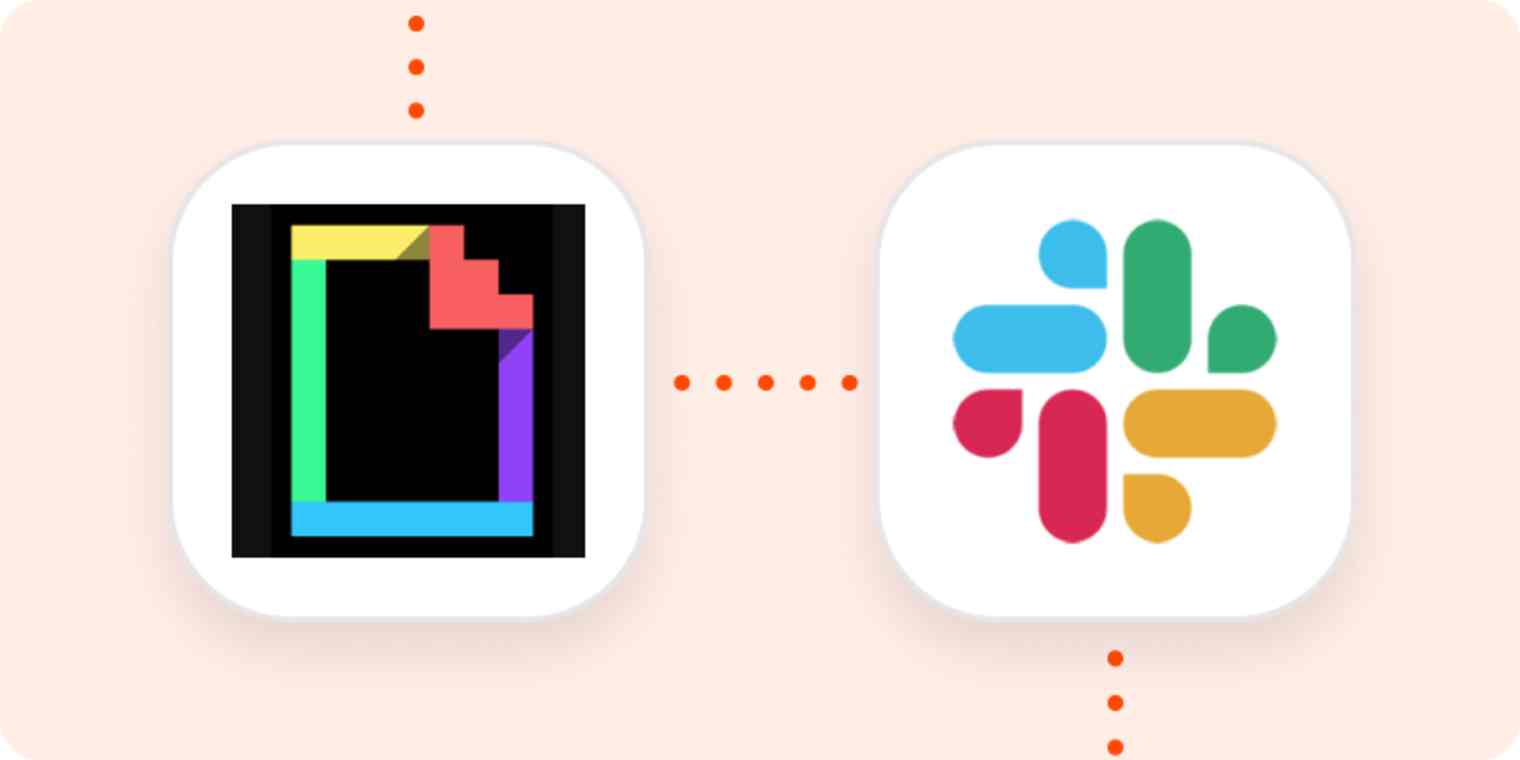Automation inspiration
6 min readHow to create a 'You're Awesome' bot
Let Giphy and Slack tell you how great you are
By Laurie Rauch · August 4, 2020

Get productivity tips delivered straight to your inbox
We’ll email you 1-3 times per week—and never share your information.
Related articles
Improve your productivity automatically. Use Zapier to get your apps working together.








